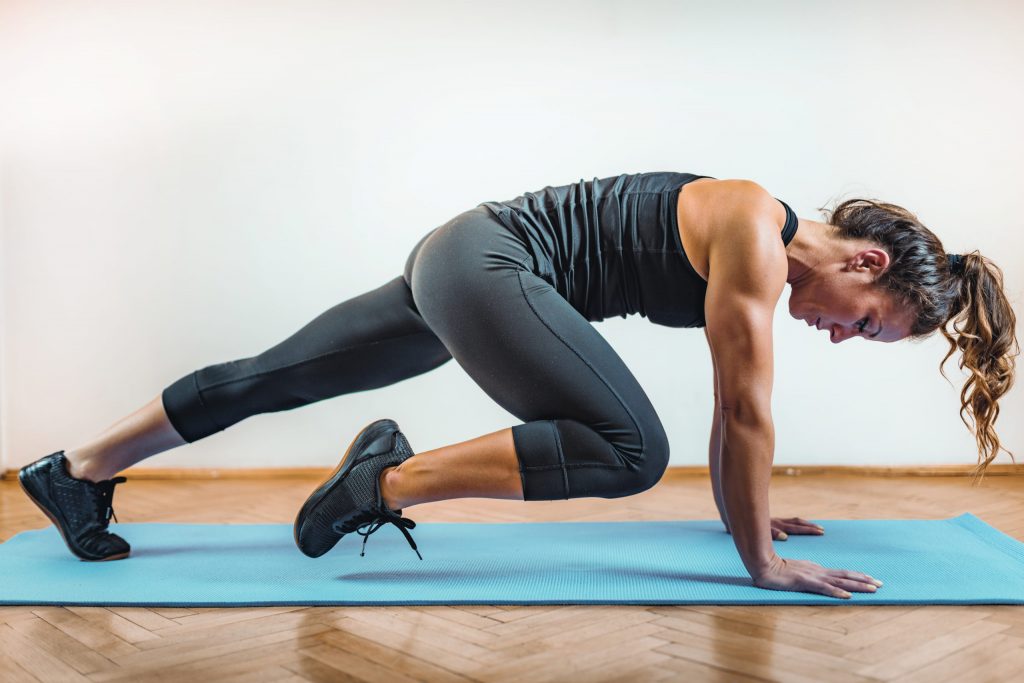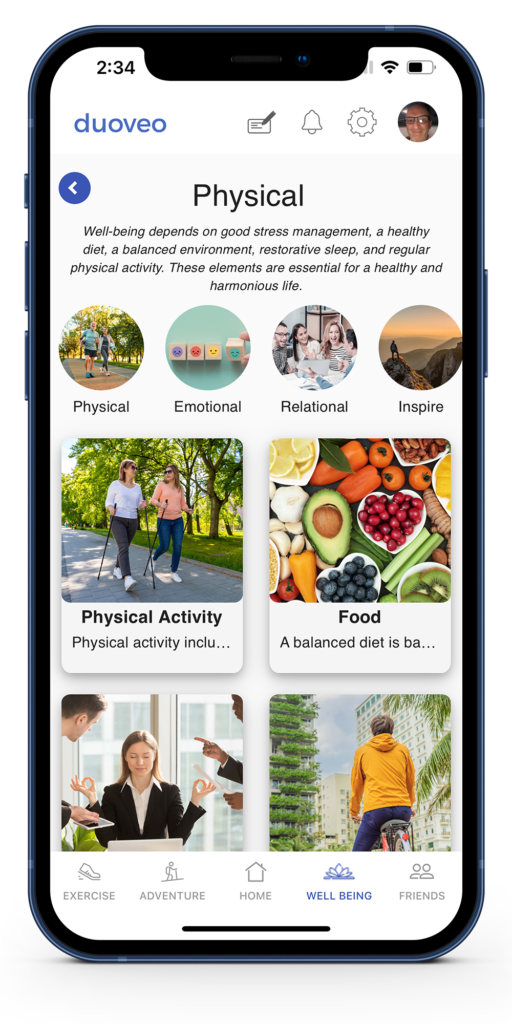In this article, I will introduce one of the most popular workout styles there is: high intensity interval training. Need to lean out? Just starting and don’t have any equipment? Look no further!
This training style involves pairing intense exercises with slower ones for a quick, effective fat-burning workout. I will also go through planning a HIIT session, common mistakes to avoid and give you a little snippet of how HIIT changed my cardio routine.
What does HIIT mean?
High Intensity Interval Training, is a form of cardiovascular training involving both intense anaerobic exercise and less intense recovery exercises. This mix of high- and low-intensity cardio causes your body to work without oxygen (high), and recover (low).
To give an easy example: imagine going for a 30 minute run. Usually, you start slow, build up to a comfortable running pace, and then slow down. With HIIT, you will spend that 30 minutes alternating between sprints and slower runs to catch your breath (no stopping!).
You might be thinking “That sounds terrible! Why would anyone do that?” Well, keep reading to find out more about how HIIT can change your workouts!
Bye bye calories!
Jeans getting a bit tight? Thanksgiving dinner still judging you from the mirror? Well good news! HIIT has a much higher (the highest in fact) fat-burning rate than other forms of cardio.
Science defines the ideal training zone to burn fat as 50 – 65% of your maximum heart rate. With HIIT, you not only burn even more calories during the workout, but your body will recover by burning more fat all day. That’s not all; your body will produce 4.5 times more human growth hormone (HGH) all day too. This not only increases your caloric burn, but also slows down the body’s aging process.
HIIT is a good complement to other strategies to lose weight, including sleep, nutrition, activity monitoring and other types of exercises.
No money, no time? perfect
And if science isn’t enough to convince you, let’s not forget the practical benefits; you don’t need any equipment; you can do it anywhere; and, for those of us that are too busy, it doesn’t take as much time as other workouts. You can do a HIIT workout in the morning to set the tone for a successful, rewarding day; during your lunch break to stay awake for the afternoon; or at the end of a day to destress. Studies show that early morning is best because your body burns up to 20% more by working out before breakfast. Just think of how good that bagel, croissant, or omelette will taste once you earn it!

From zero to hero in a few weeks with HIIT
I can’t tie off this section without telling you about the impact HIIT had on my cardio routine. Let’s go back a few years, when I could barely run a mile without stopping. To change this, I would alternate between running for 1 minute and walking for 30 seconds. By gradually increasing the running periods, within a few weeks I was running a full half hour without stopping. Now, sometimes I like to train in a similar way; I run at a fast pace for 30 seconds, run at my normal pace to recover, then rinse and repeat. If you’re tight on time, this method works like a dream.
HIIT “How-to“
In the last paragraph, I touched a bit on how to structure a HIIT workout. It’s quite simple really; plan your exercises in pairs, making sure one is intense and the other is tough enough to keep you sweating, but easy enough to help you catch your breath.
Let’s take a leg workout as an example: the two exercises I’ll bring in here are jumping lunges and normal standing squats.
The lunges are done quickly and explosively, while the squats can be done at a steadier pace, allowing you to breathe steadily. This workout will consist of 5 sets, each set consisting of 30 seconds jumping lunges followed by 1 minute of standing squats. In under 10 minutes you’ll have managed to activate your quads, glutes, hamstrings, and even your core with a mix of explosive exercises and steady ones, targeting both type 1 and type 2 muscle fibers. Of course, doing the same exercises one after the other can get boring, so don’t be afraid to spice it up by doing 5 pairs of exercises once each rather than 1 pair 5 times.
Strong at the core
The muscle group I like to target most with HIIT-style workout is my core. Generally, this area has to be worked out to exhaustion, and, like many, I have more belly fat than I care for. While localized fat burning has been widely disproven, I think this mentally puts me in a place where I’m hitting two birds with one stone. With these workouts I like to pair a fast, active exercise and a slow, or even static, one. For example, I would do bicycle for 30 seconds, followed by lying leg raises for 1 minute.
While both exercises are targeting my core, the lying leg raises are a much slower movement I can use to catch my breath. I also like to use these workout styles to target different parts of the same muscle group; doing scissors for 30 seconds followed by side bends for 1 minute to hit both my lower and my oblique abs.
HIIT: what can possibly go wrong?
Many of the most common mistakes with HIIT workouts can be avoided by learning to understand your body. Start slow with shorter workouts, but stay consistent and gradually increase both the intensity and the duration of your sessions. It’s recommended you start with 10 minutes of HIIT (not including warm up or cool down) 3 times per week, and gradually working your way up to 45 minute sessions several times per week, not including warm up and cool down (only if you want to). It’s not recommended to have sessions longer than 45 minutes unless you’re an elite athlete.
Another common mistake is having intervals that are either too short or two long. Taking the above scale into consideration, going “all out” at 9 or 10 shouldn’t be something you can do for several minutes – that’s not a real 9 or 10. The ideal high intensity duration should be 30-60 seconds, while the low intensity interval should last 60-90 seconds. For elite athletes or those training for marathons, this can go as high as 3 minute high intensity and 8 minute low intensity intervals.
Don’t neglect the warm up and cool down! This not only reduces the chance of you injuring yourself during the session, but it also lets you slow down and relax to get on with your day.

Learn and adjust
When it comes to choosing the right intensity, there is no magic formula. You will learn what your body needs and how much you can actually push yourself, so I recommend imagining a difficulty scale of 1-10 for your exercises and doing the “high intensity” intervals at 8, and the low intensity at 4 or 5.
From there, you should build up your “high intensity” first, getting it to a 9 or even 10, then focus on your other intervals. Remember, it’s about balance! Making the low intensity intervals too easy will just mean you’re cheating yourself, while making them too difficult means you won’t be recovered for the next high intensity interval. Trial and error is your best friend here.
Final tip
This last one is actually fun: make sure you’re eating! Your body will burn carbs like crazy during these workouts, so don’t restrict your intake or you’ll risk having a poor workout, or not recovering well between workouts.
And that’s everything you need to know to get started with HIIT! In future articles, I’ll be going through some HIIT variants and circuit training, so please stay tuned for when you master HIIT and are ready for a new challenge!
Victor


